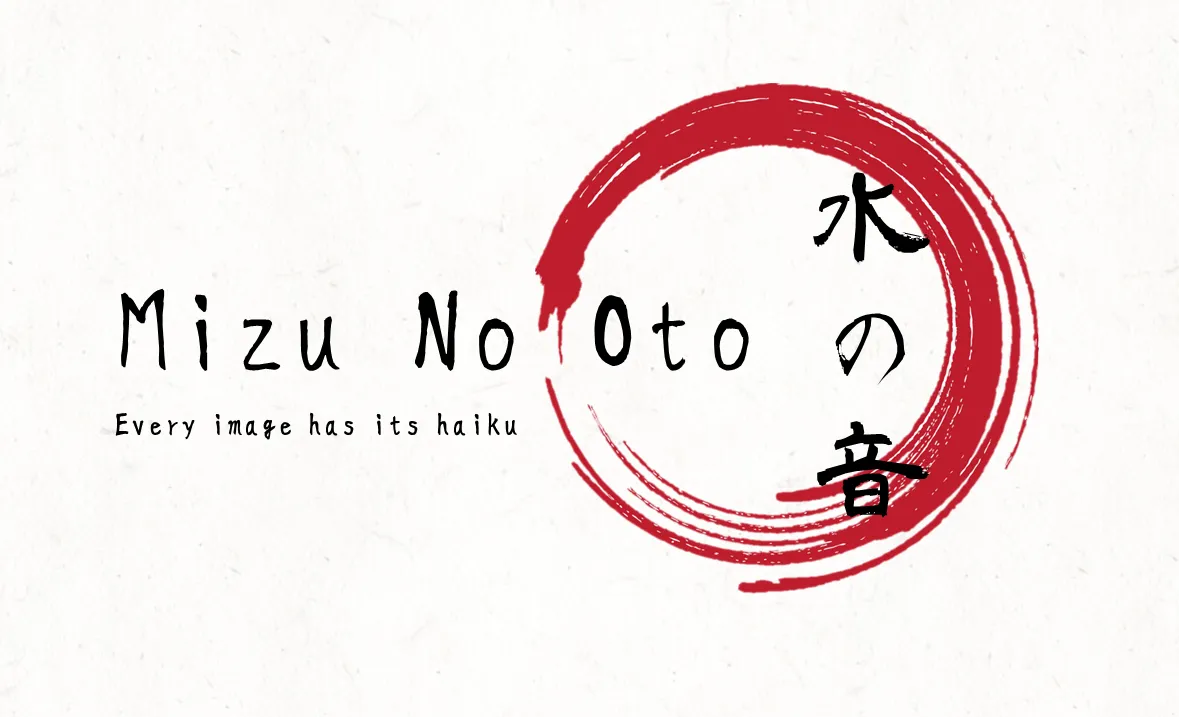
haiku by Naoko Yamazaki, astronaut of JAXA (Japan Aerospace Exploration Agency)
After more than a month off, the Bananafish haiku contest returns! Have we missed you? Let's hope so!
Here is how this contest works:
A photo is posted.
You write a haiku inspired by that photo with your own post (use #haikucontest as your first tag) or a comment in the comment section.
You can read other’s haiku and vote for one of them, answering to the special Bananafish comment in the comment section.
The authors of the Best Haiku, Popular Choice, and Best Vote Comment WIN 3 STEEM, 2 SBI & 500 SNAX!
While we were on pause, we have reflected on how to improve this unique contest in the Steemit panorama, continuing to guarantee the high standard and the atmosphere of rich cultural exchange that sets it apart.
From this 33rd edition, there will be some news:
The contest will no longer be weekly, but more spaced over time, more or less twice a month, one in English and one in Spanish;
The time available to post, read and vote haiku will increase up to the post payout, therefore seven full days;
The prizes will no longer be only in SBI shares, but also in STEEM and in SNAX (read below);
The characteristics for haiku to be valid will change slightly - and above all they will be different for English and Spanish (this edition is dedicated to haiku in English, in the next one the rules for haiku in Spanish will be included) - the poems that will not respect these basic features will not be considered valid for the Best Haiku, but they can still win the Popular Choice.

The Prizes:
Courtesy of our partners, @Crowdmind, we're now also giving away SNAX tokens!
Check out Crowdmind's Interview with the team from the SNAX blockchain as well as our previous post.
To receive your SNAX rewards, you'll need to have a SNAX wallet.
Here's a tutorial with photos. on how to set a SNAX wallet.
So, the prizes now are:

The requirements:
• The haiku should be related to the prompt image.
• A haiku has no title.
• The haiku should be in English, or include an English translation.
• The English haiku form is: a short (3-4 syllable) verse, a longer (5-6 syllable) verse, another short (3-4 syllable) verse.
• There should be the kireji (切れ字), a cut between the 1st and the 2nd verses, or between the 2nd and the 3rd; the cut can be grammatical, as a sign of punctuation, or it can be a cut in the meaning, like two different images.

Prompt Image:

[photo by @marcoriccardi]

Do you want to know how we evaluate the submitted haiku? These are the characteristics we search for:
• Kigo (季語), an explicit or implicit reference to a season, that defines the time of the year in which the haiku is composed or referred to.
• Sabi (寂), the sense of the inexorable passage of time, the beauty or serenity that accompanies the advance of age, when the life of the objects and its impermanence are highlighted by patina and wear or by any visible repairs.
• Wabi (侘寂), the taste for frugal and natural things, rustic simplicity, freshness or silence; it can be applied to both natural and artificial objects, or even non-ostentatious elegance.
• Mono no aware (物の哀れ), empathy with nature and human life; the "feeling of things", nostalgia, regret for the passing of time, understanding of the changeability and of the transience without suffering.
• Yūgen (幽玄), sense of wonder and mystery; it represents the state of mind produced by the inexplicable fascination of things, the feeling of an 'other' universe, full of mysterious unity.
• Karumi (軽み), beauty in simplicity; poetic beauty reflected in its simplicity, free from preconceptions and moral judgment.
• Shiori (しおり), gentleness; the levity and the delicate charm that radiates from the verses, where things are evoked in the reader without aggressiveness or excessive explicitness.

The Fūryū: the Sabi
Together with the contest, the space for a little theoretical study of haiku also returns.
In this edition, we begin to talk about a very important concept in Japanese art in all its forms: the fūryū (風流).
The word is composed by the two ideograms fū (風, wind) and ryū (流, movement), so it could be translated as "flowing of the wind". Etymologically, it derives from the Chinese fengliu, which means "good manners".
Over the centuries, the fūryū has been declined in very different ways: sometimes as a rejection of the world, an asceticism of Taoist derivation; sometimes as hedonism and court life. It is an element that unites all the Japanese artistic disciplines, from poetry to painting, to the tea ceremony, to the art of arranging flowers, to repairing broken pottery... it seems that the Japanese have codified any activity in art form, and the concept behind this coding is the fūryū.
In haiku, the fūryū is a search path that is composed of three phases:
- rizoku (俚俗), the detachment of the poet from all that is worldly and superficial, adopting an essential and sober lifestyle, or at least an essential and sober thought;
- tanbi (耽美), the aesthetic immersion in nature, the fusion with the surrounding reality, to grasp its immediacy;
- shizen (自然), the rediscovery of self as nature, with no more difference or distance between subject and object.
From these three pillars, the expressive forms of haiku derive, the main ones being those we use to evaluate the compositions of our contest.
The first of these is the sabi (寂), the solitary and melancholic beauty. Sabi is the opposite of hanayaka (華やか), the vivid and flashy beauty of frivolous things.
The sabi is an aesthetic concept that refers to the external form of things and has a strong temporal connotation. It is beauty that consumed things take, things covered with a rustic patina, which show the signs of passing time. By extension, it means sobriety, modesty in expression, and symbolizes the impermanence and fragility of the human condition. It is a subtle and slightly bitter charm that permeates the haiku poetic, always aware of the transience of things and never excessive, nor baroque.
For Matsuo Bashō, the sabi was "the color of the poetic verse", that means every haiku should convey the sabi tone.
Next time, following the declinations of the fūryū, we will talk about wabi.
Thank you for your attention, I hope that what I wrote was interesting to you.

Good haiku to everybody!
Your bananafishously haiku dealer


Let’s the Bananafish Tribe grow together!

With delegations, Bananafish VP will grow and consequently the upvotes given to every contest entry will be higher.
Following the voting trail is a way to make sure you always support the other participants to the Bananafish contests, automatically upvoting the posts (but not the comments) Bananafish upvotes.
Join the Bananafish Realms on Discord and chat with us: https://discord.gg/ZWmEUWT
If you’re interested, here you can find all the information needed.

[banner credit: @f3nix]
Other Bananafish awesome contests and creative works (click on the banners):




